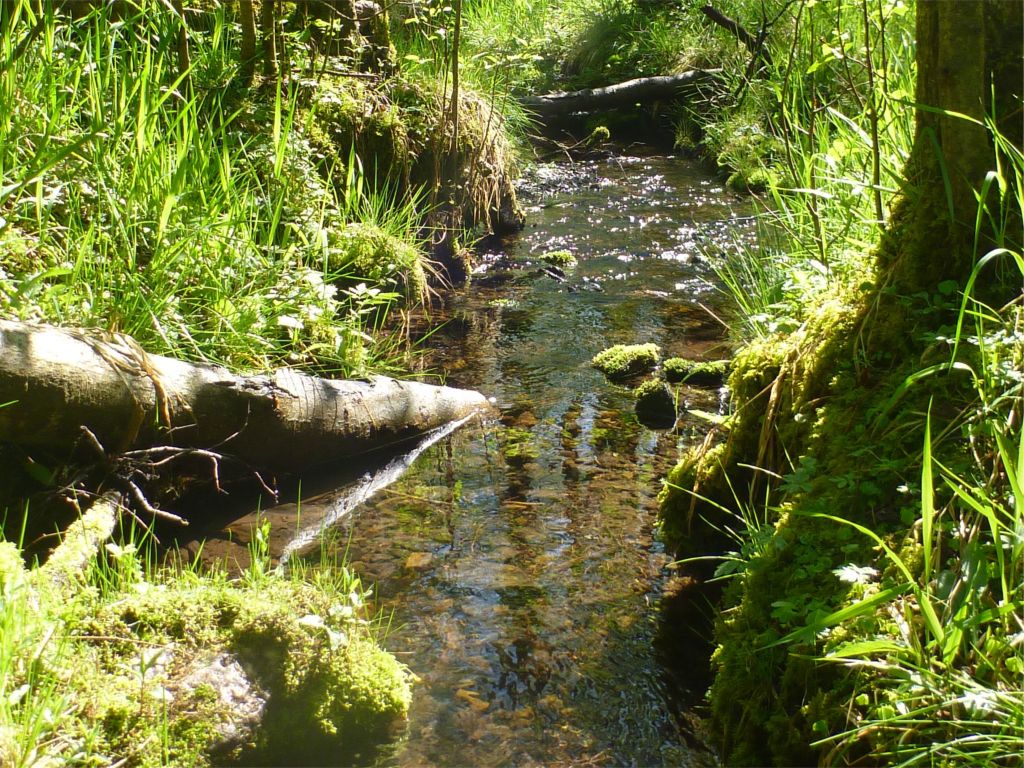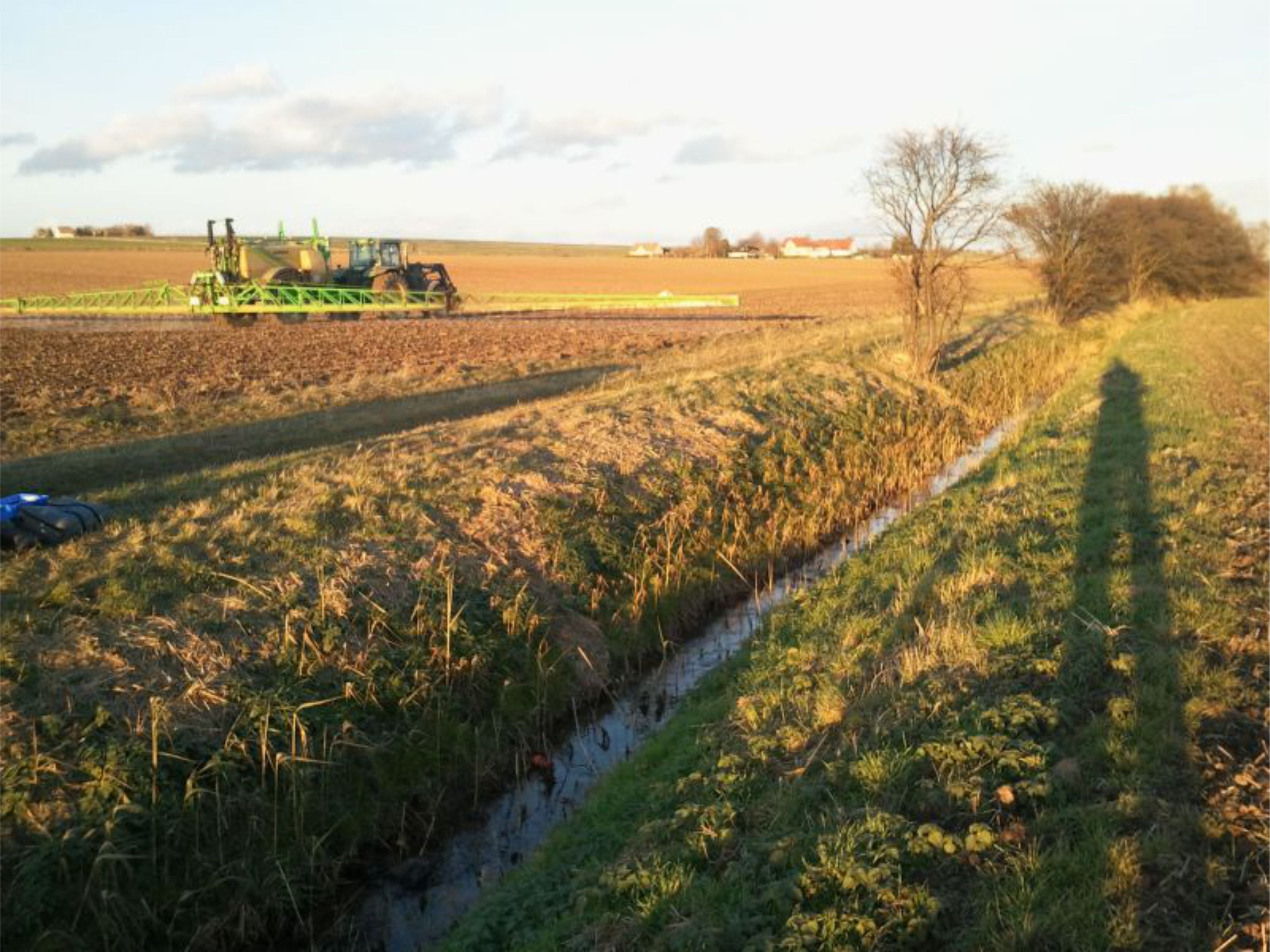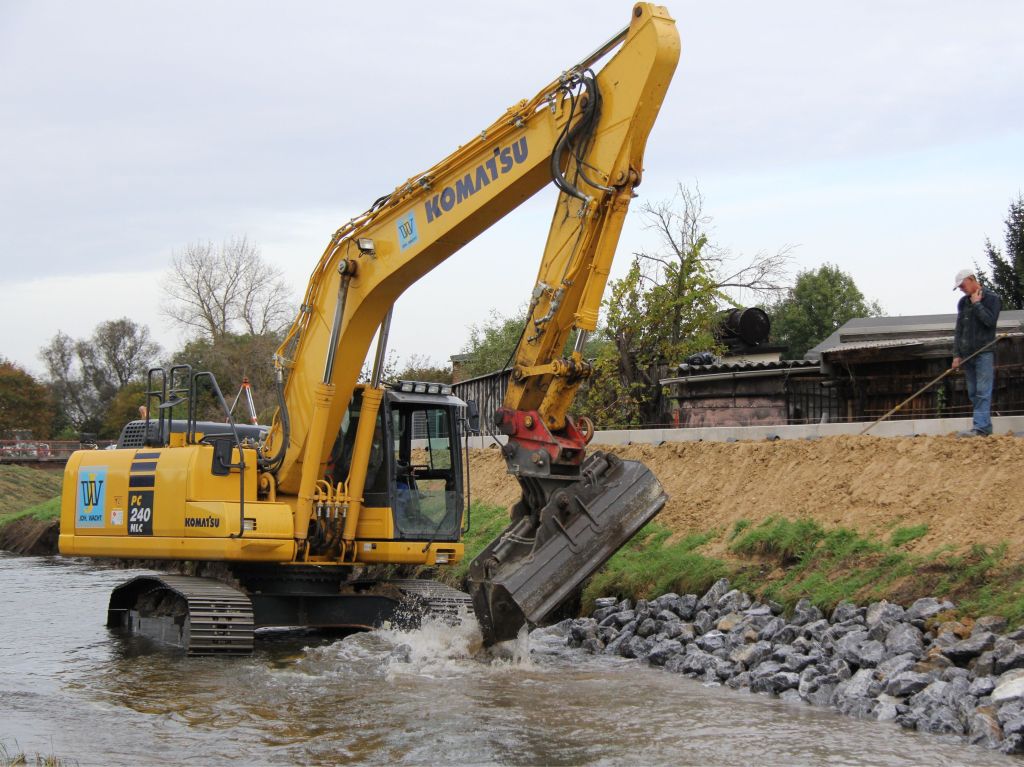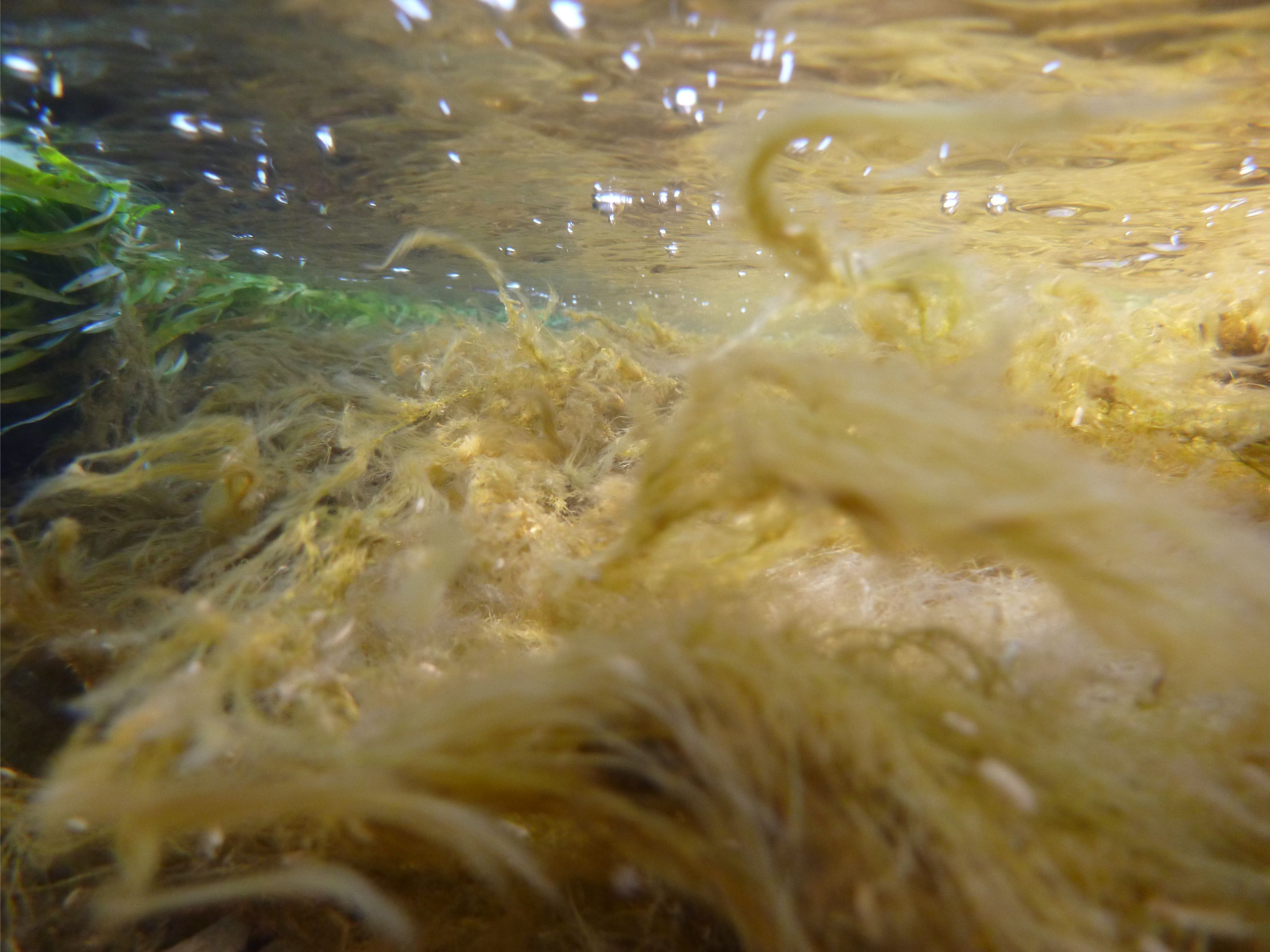Food web ecology
Human activities threaten biodiversity in freshwater ecosystems due to the combined effects of eutrophication, hydromorphological degradation, and non-native species. These activities may also impair ecosystem functioning and hence the provision of goods and services that humans rely on. Whether and to which extent altered biodiversity is the cause of altered ecosystem functioning or an accompanying phenomenon remains unclear.
We study the functional role of micro-and macroorganisms and the consequences of the human-induced loss of multi-group biodiversity for ecosystem functioning. Our work involves a significant field component, including large-scale studies and mesocosm experiments in the MOBICOS facilities. We use various techniques but primarily combine natural abundance and enriched stable isotopes with estimates of ecosystem productivity and respiration to quantify food web topology and consumer-resource interactions. Building on that, we are working on indicators to assess the functional status of freshwater ecosystems and informing catchment management on how to mitigate human impacts on ecosystem material cycling.
Head of the research group: PD Dr. Mario Brauns
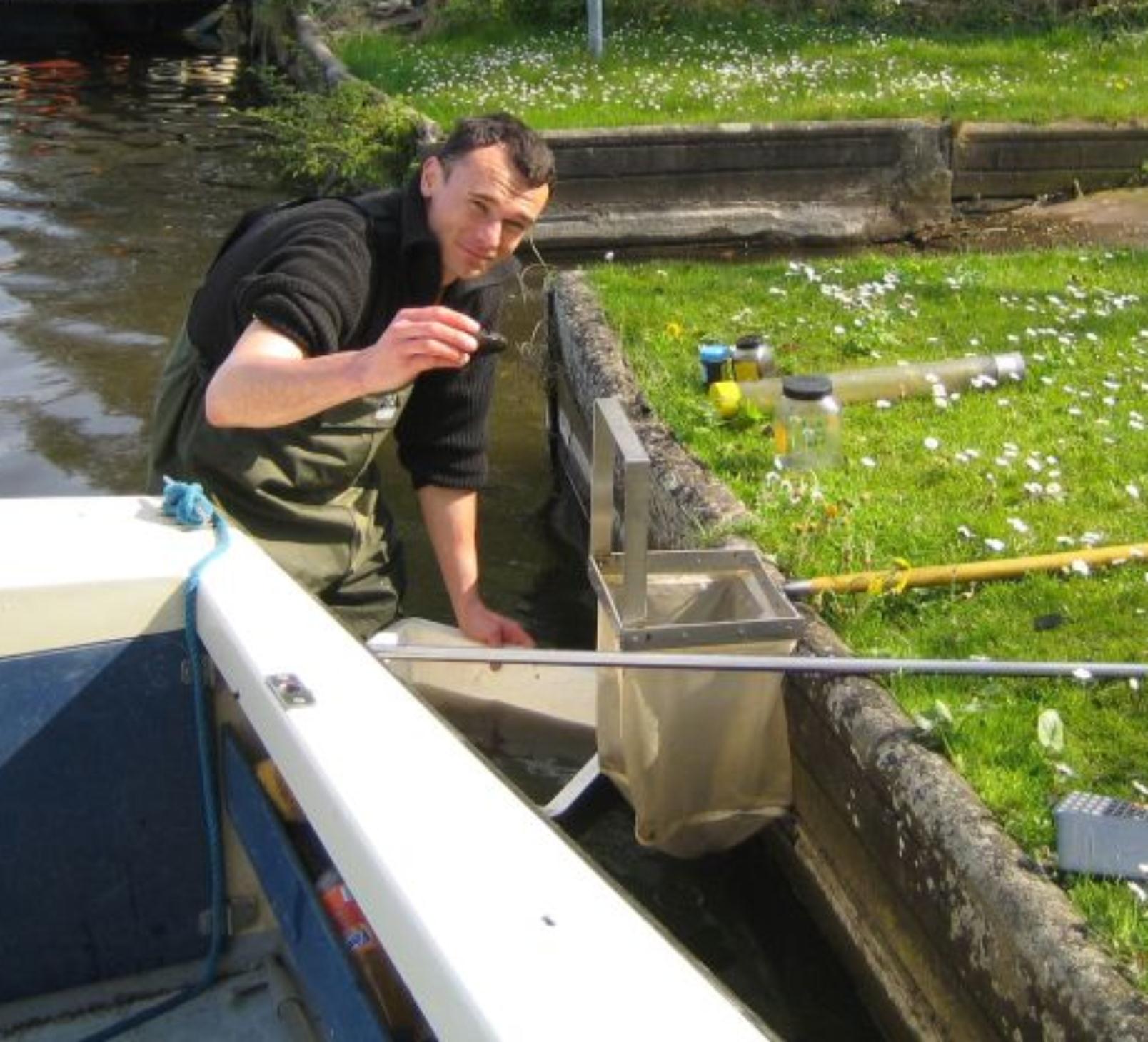
I am a researcher at the Department River Ecology since 2010. I am interested in quantifying relationships between physical heterogeneity, biodiversity and ecosystem functioning in freshwater ecosystems. More information can be found on my personal web page.
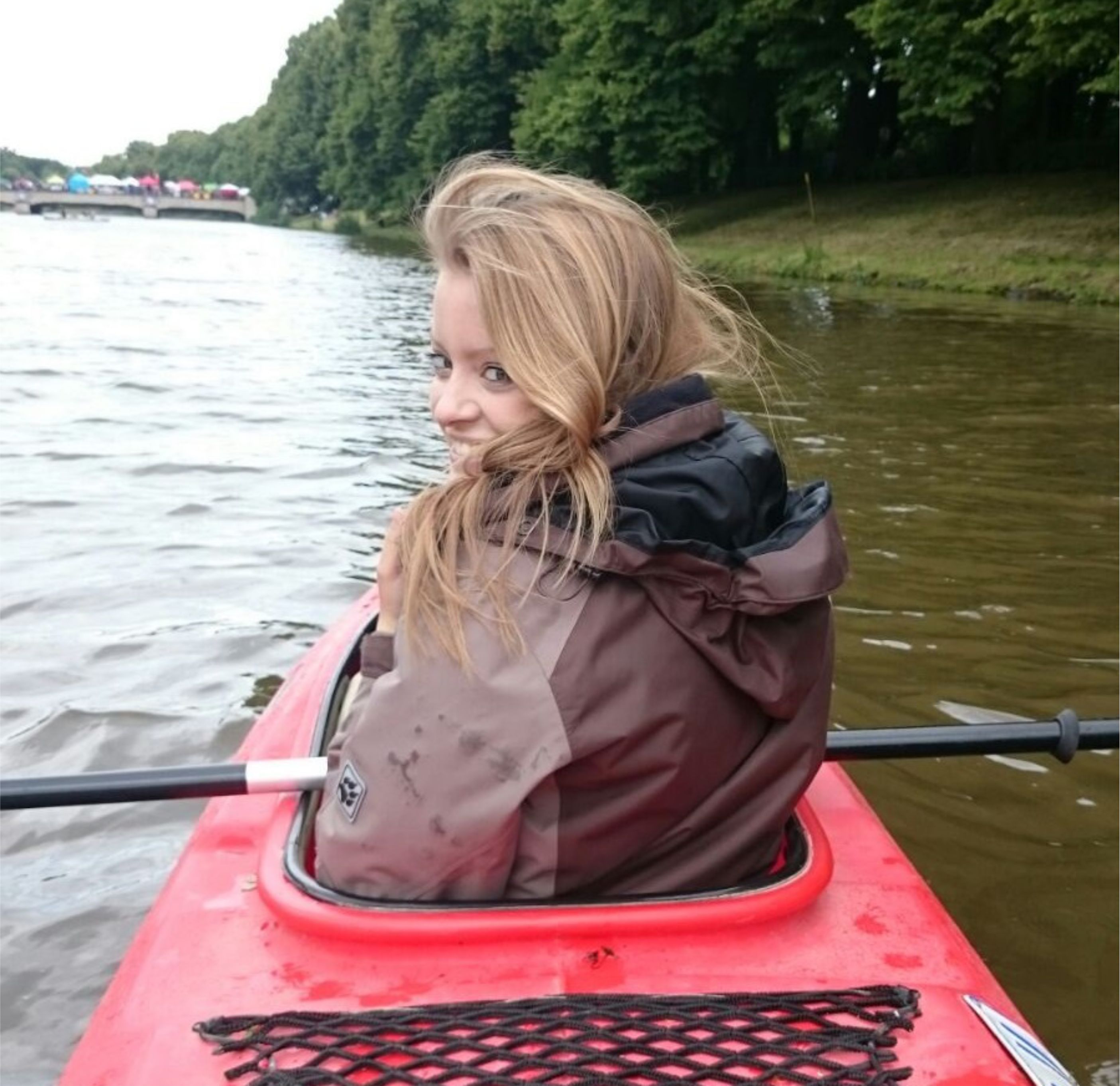
Laura is a joint PhD student together with the Department Ecological Modelling since 2017. Her PhD research comprises the development of coupled food web models of river networks. Special interest is in how long-distance stressors interact with the passive drift of organisms and how this affects riverine food webs. More information can be found on her personal web page.
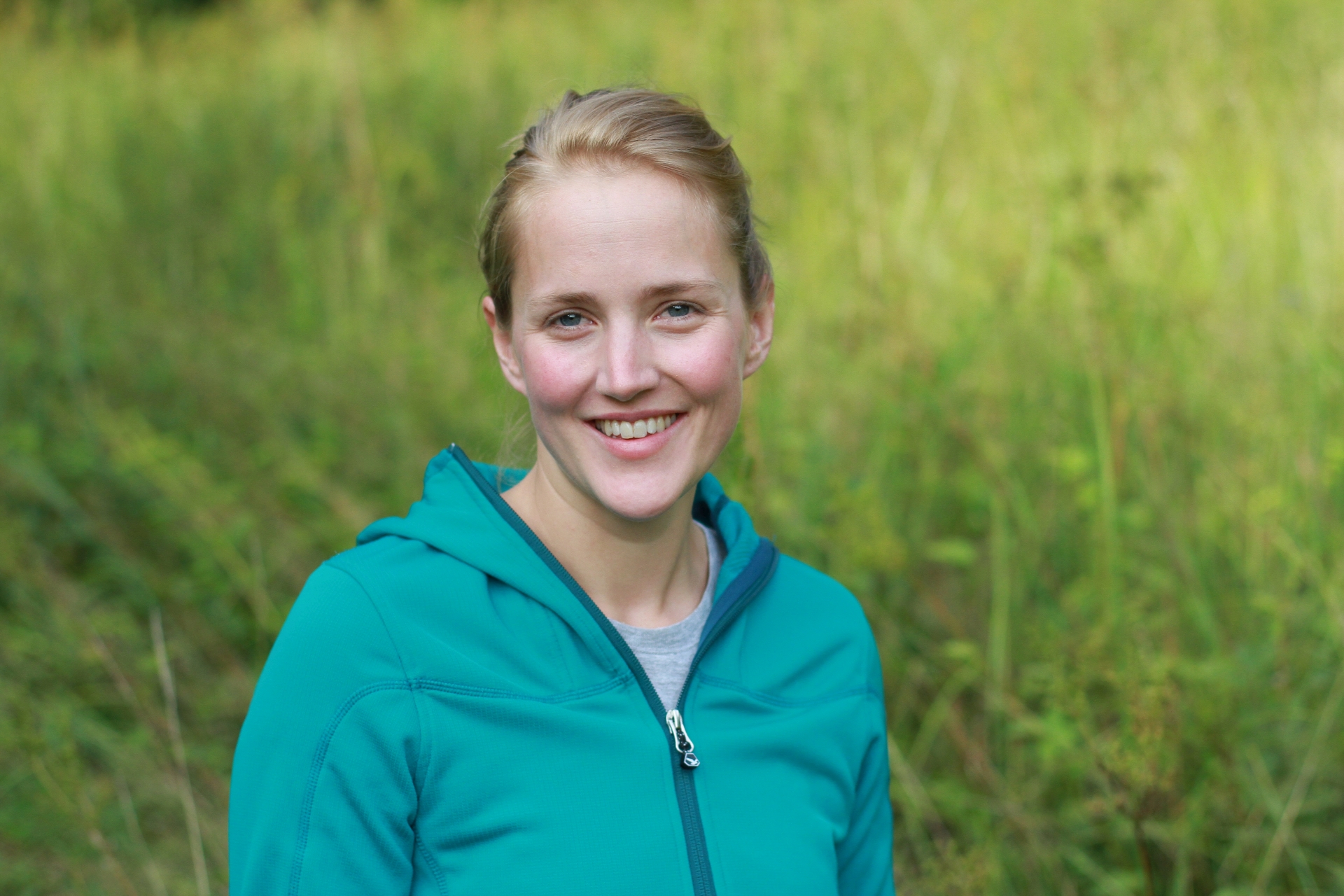
Romy joined the working group in 2012 after completing her M.Sc in Biology and in Marine Environmental Protection. Her PhD research quantifies the effects of agricultural land use on the functioning of temperate stream ecosystems. Romy is interested in applied research on the dynamics of structure and functioning of aquatic communities under human pressure. More can be found on her personal web page.
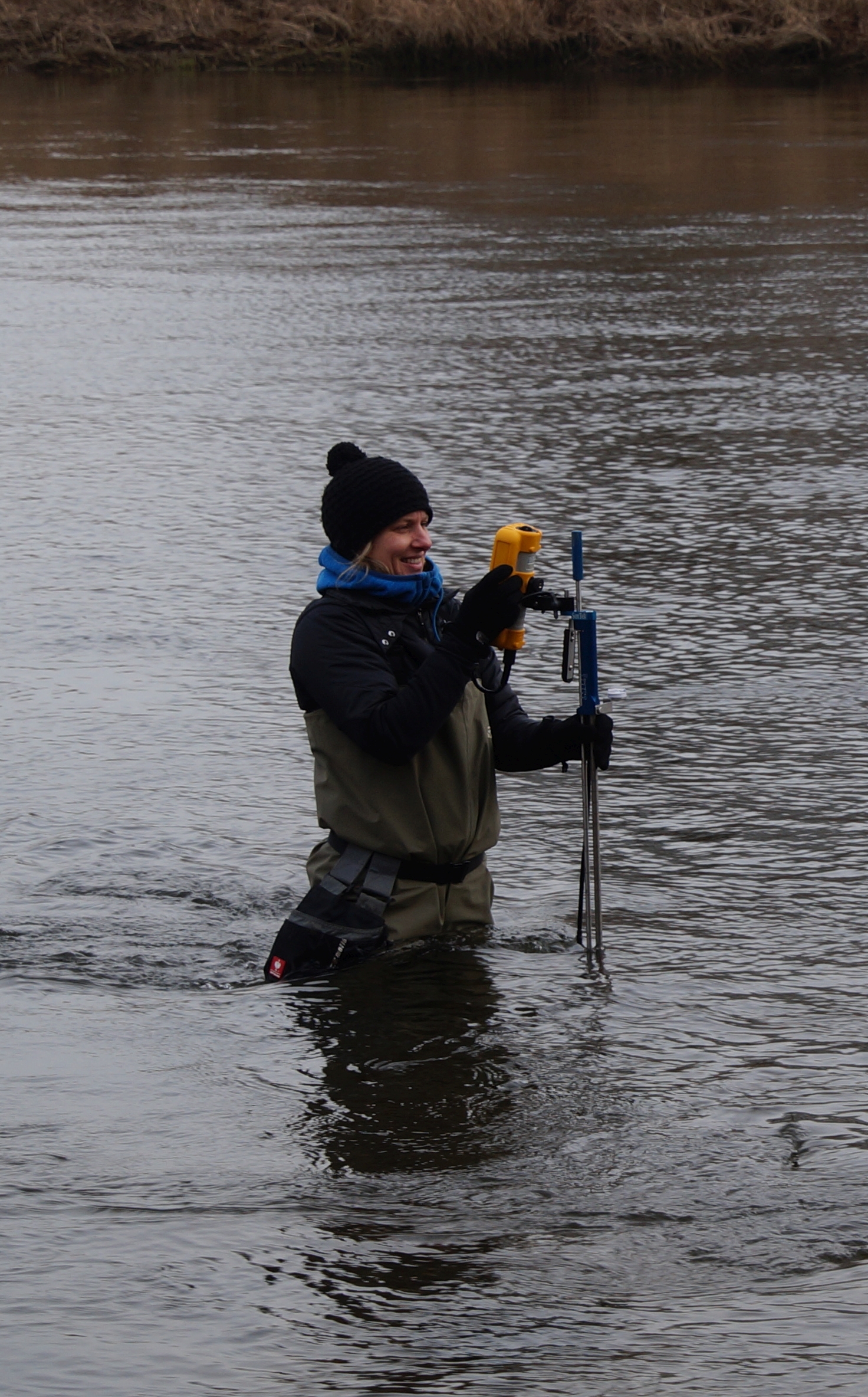
Christine focusses on combining physical properties of lotic ecosystems like flow variability and riverbed structure with aquatic biodiversity and functioning at varying temporal and spatial scales. She measures high-resolution flow and turbulence data such as instream topography in order to quantify interactions with invertebrates or biofilms. Moreover, she is interested in transport and nutrient uptake processes and their physical control.
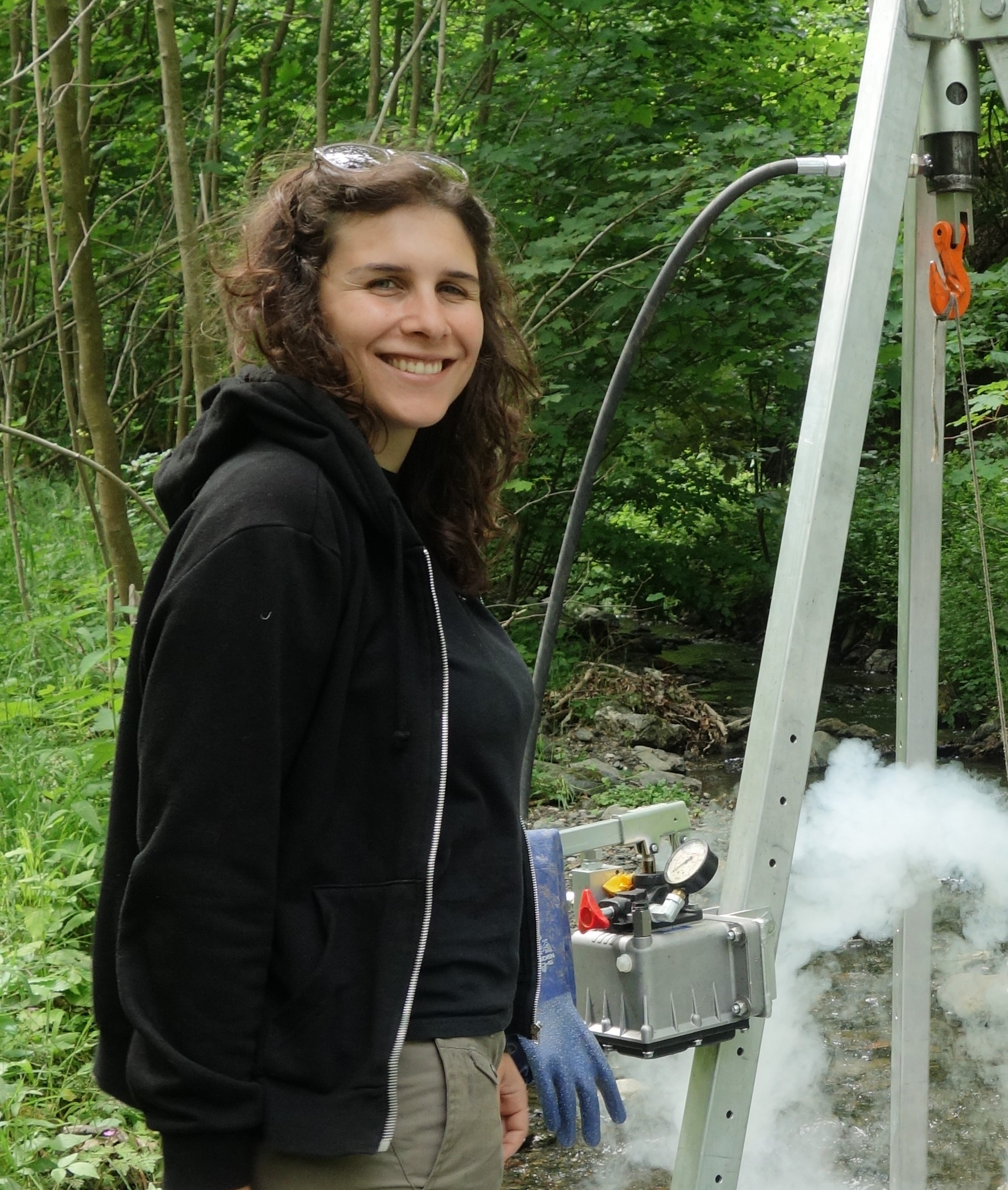
Julia joined the working group in 2018 after completing her Master Degree in Environmental Science at University Bicocca in Milano. She is part of the PhD college Instream, where she investigates how benthic and hyporheic consumers (macro and meiofauna) control compartmental nutrient uptake through field surveys in temperate streams. More information can be found at her personal page.
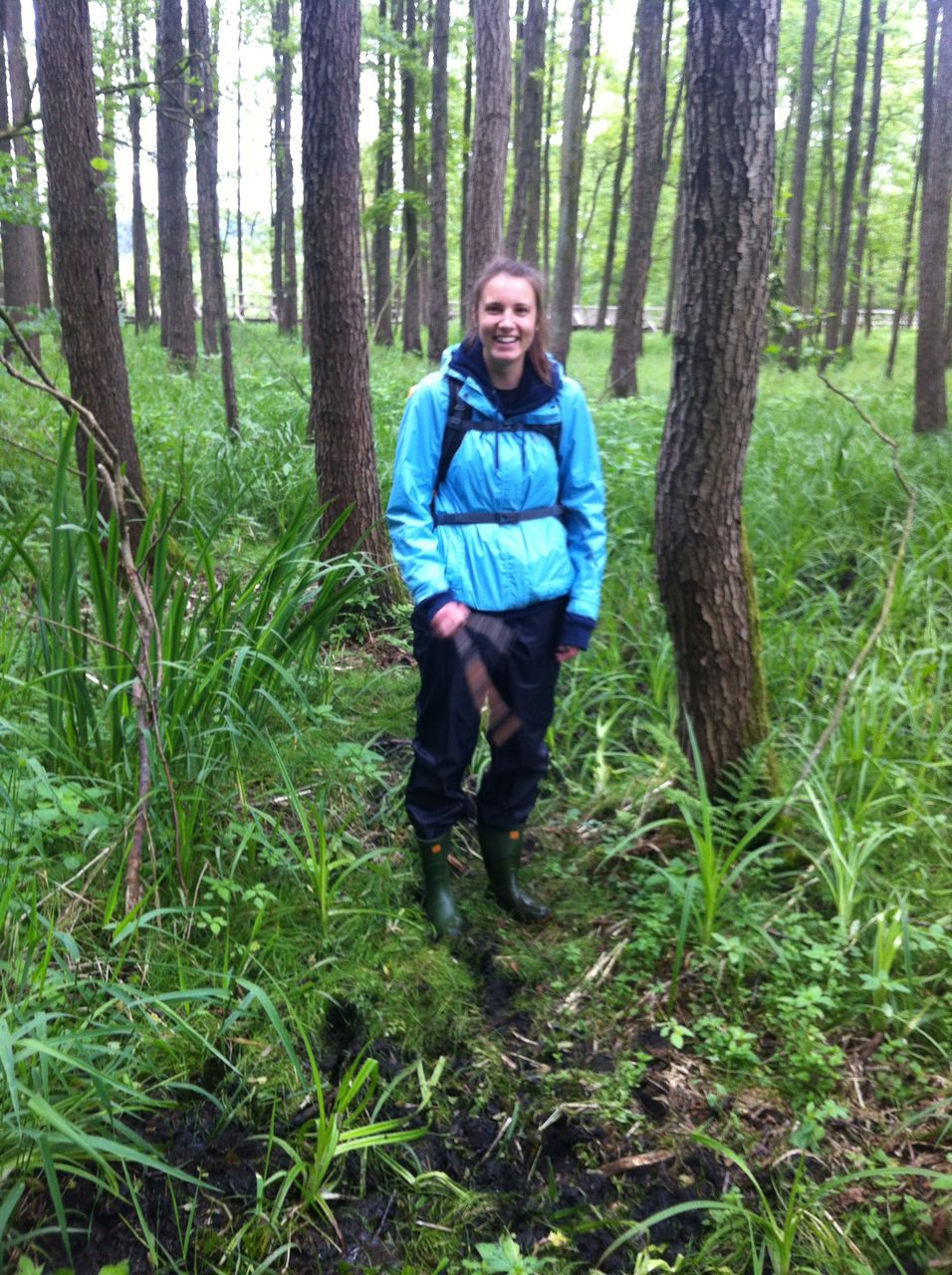
Alexandra studies the effect of stressor increase and release on food webs within the collaborative research center RESIST. Following stable isotope analysis, she will analyse food web metrics as response variables to estimate multi-functionality of communities in response to degradation and recovery. Moreover, Alexandra will quantify trophic niches and trophic interactions to test the Asymmetric Response Concept (ARC) proposed by RESIST.
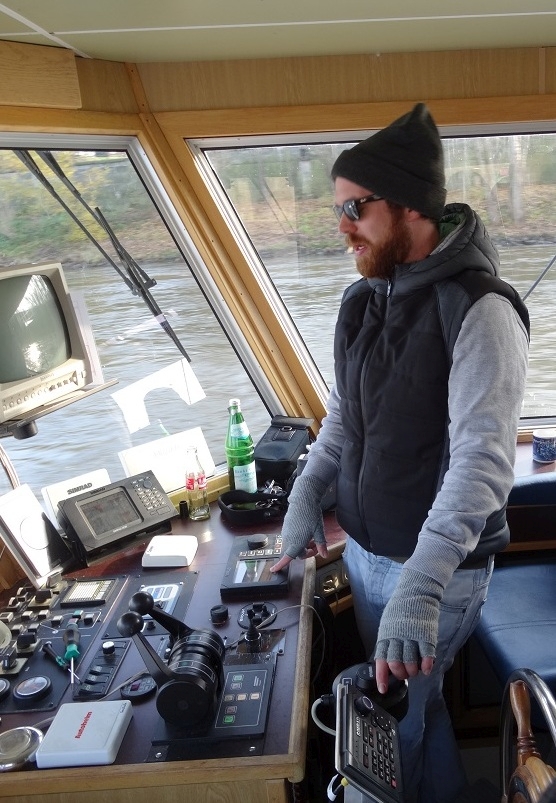
Sven is responsible for organising and conducting macroinvertebrate samplings in streams and rivers. He is involved in the taxonomic mentoring of graduate and undergraduate students. Apart from that, he is the captain of the research-vessel ALBIS that we use for sampling in large navigable rivers.
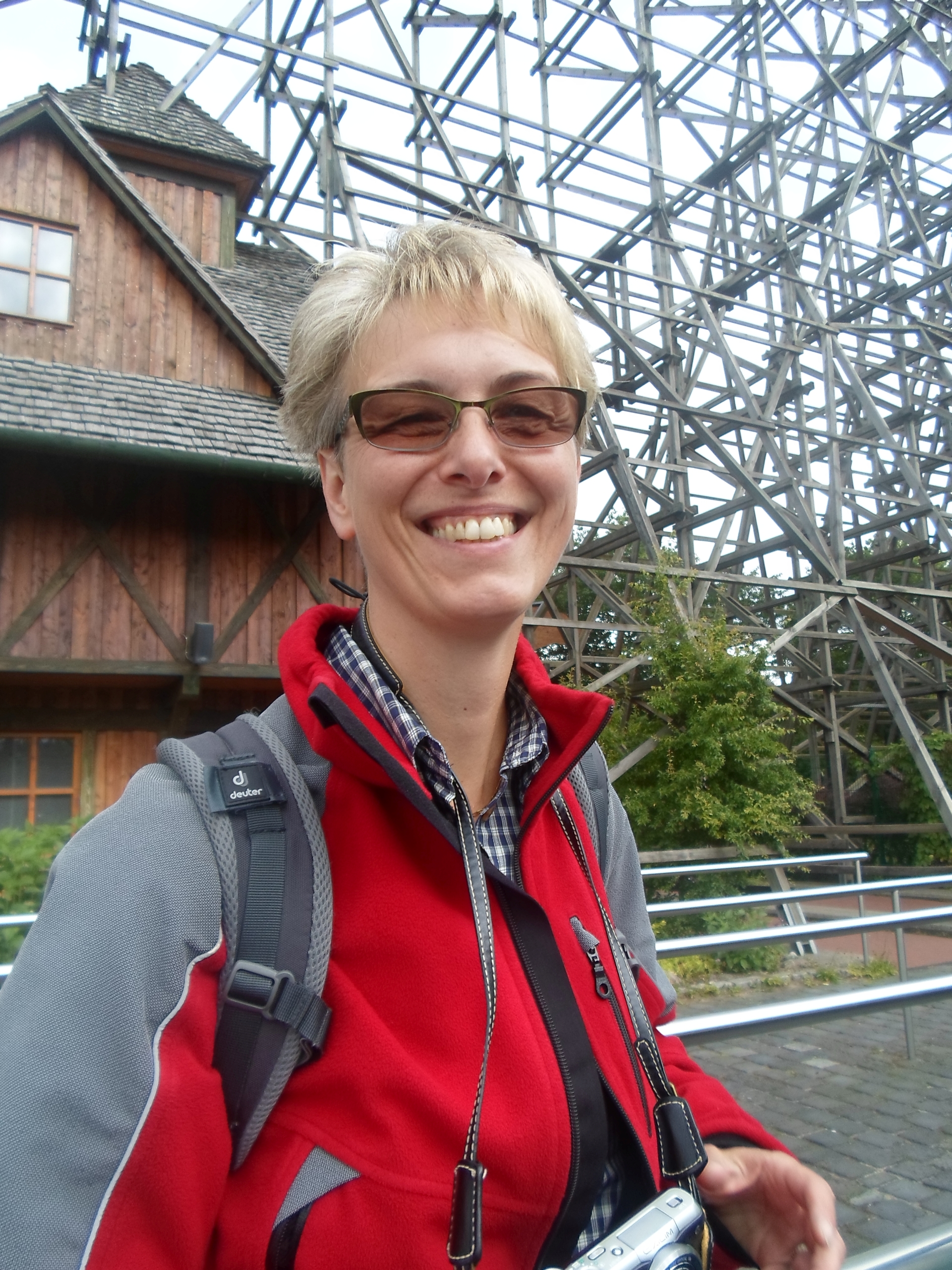
Ines coordinates and does the sample and data analysis of 13C/12C and 15N/14N in organic solid samples. Her duties include preparing standards and samples, setting up runs on the solid sample EA-IRMS system, creating templates for runs, importing results into the lab's database, and general laboratory maintenance.
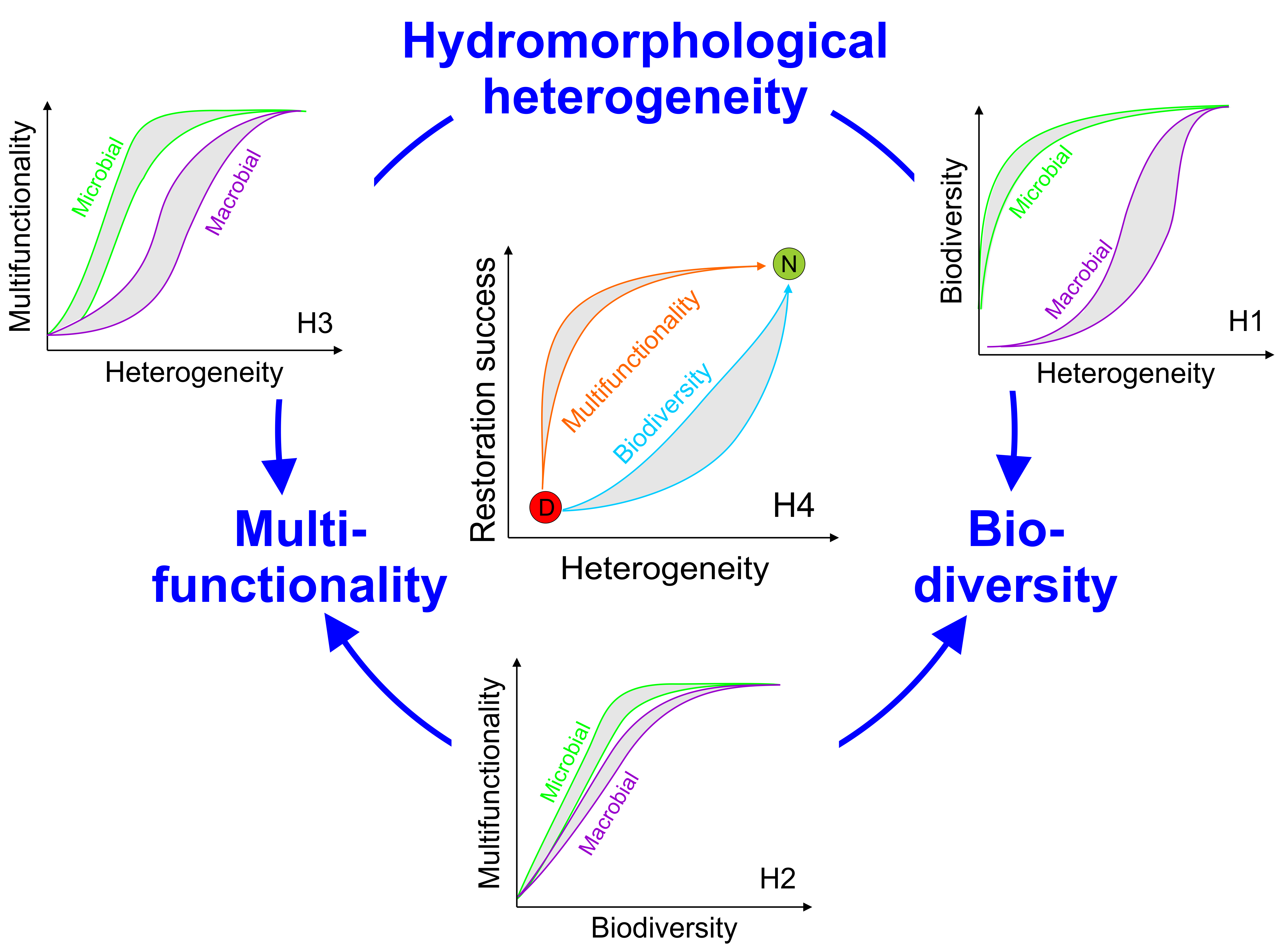
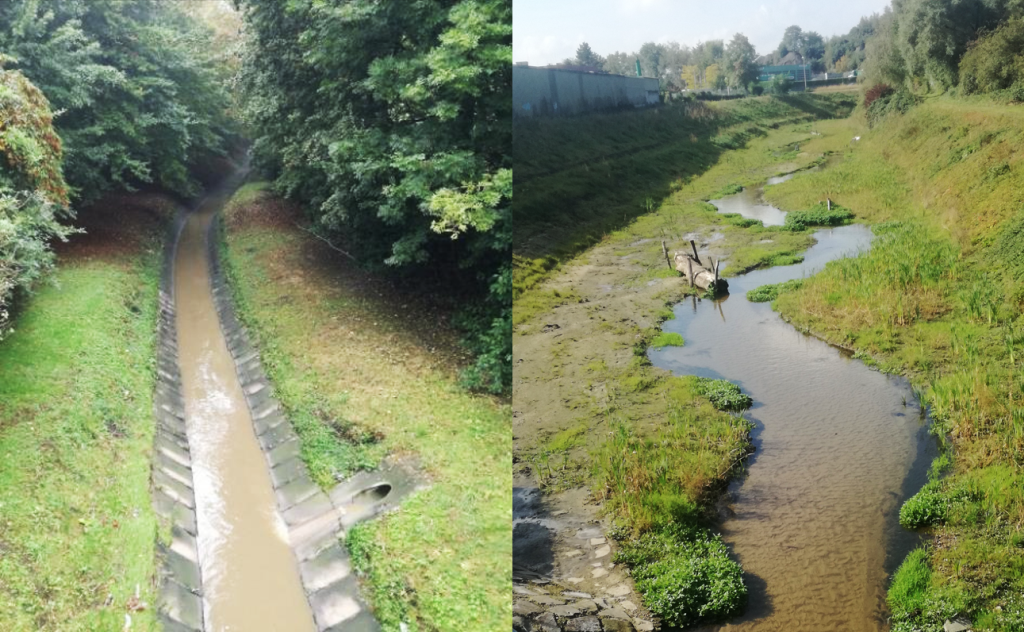
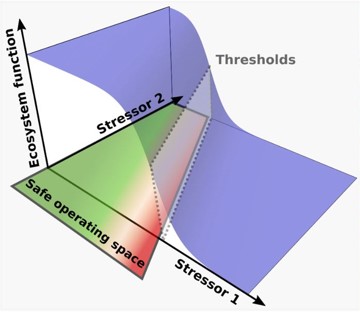
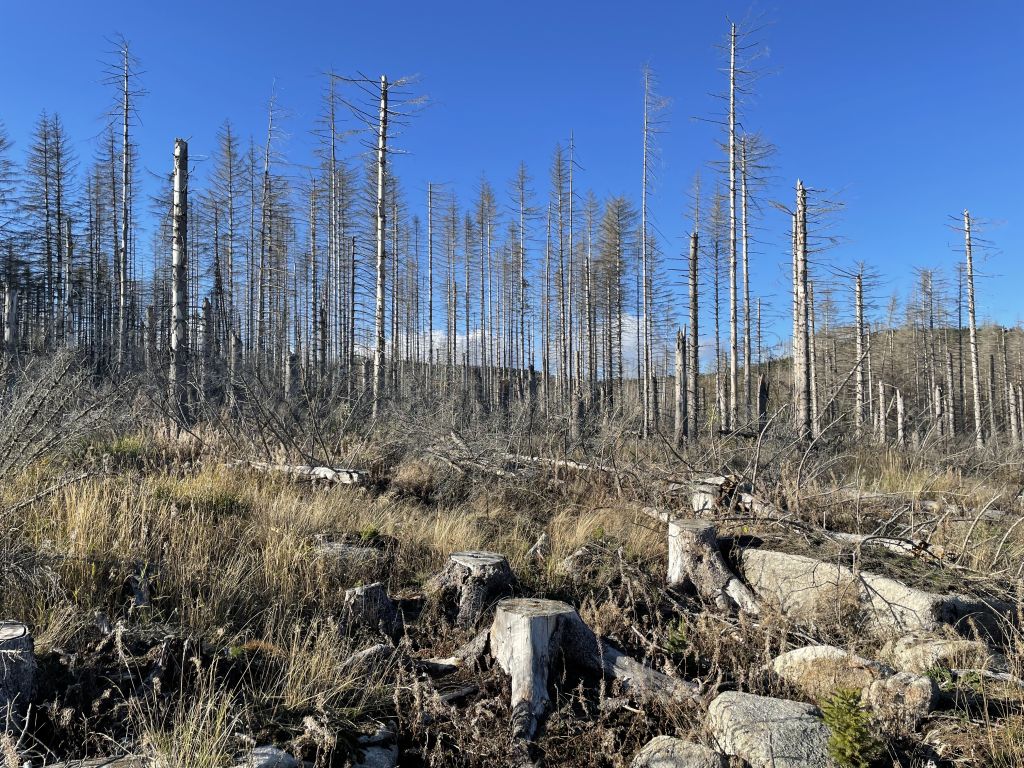
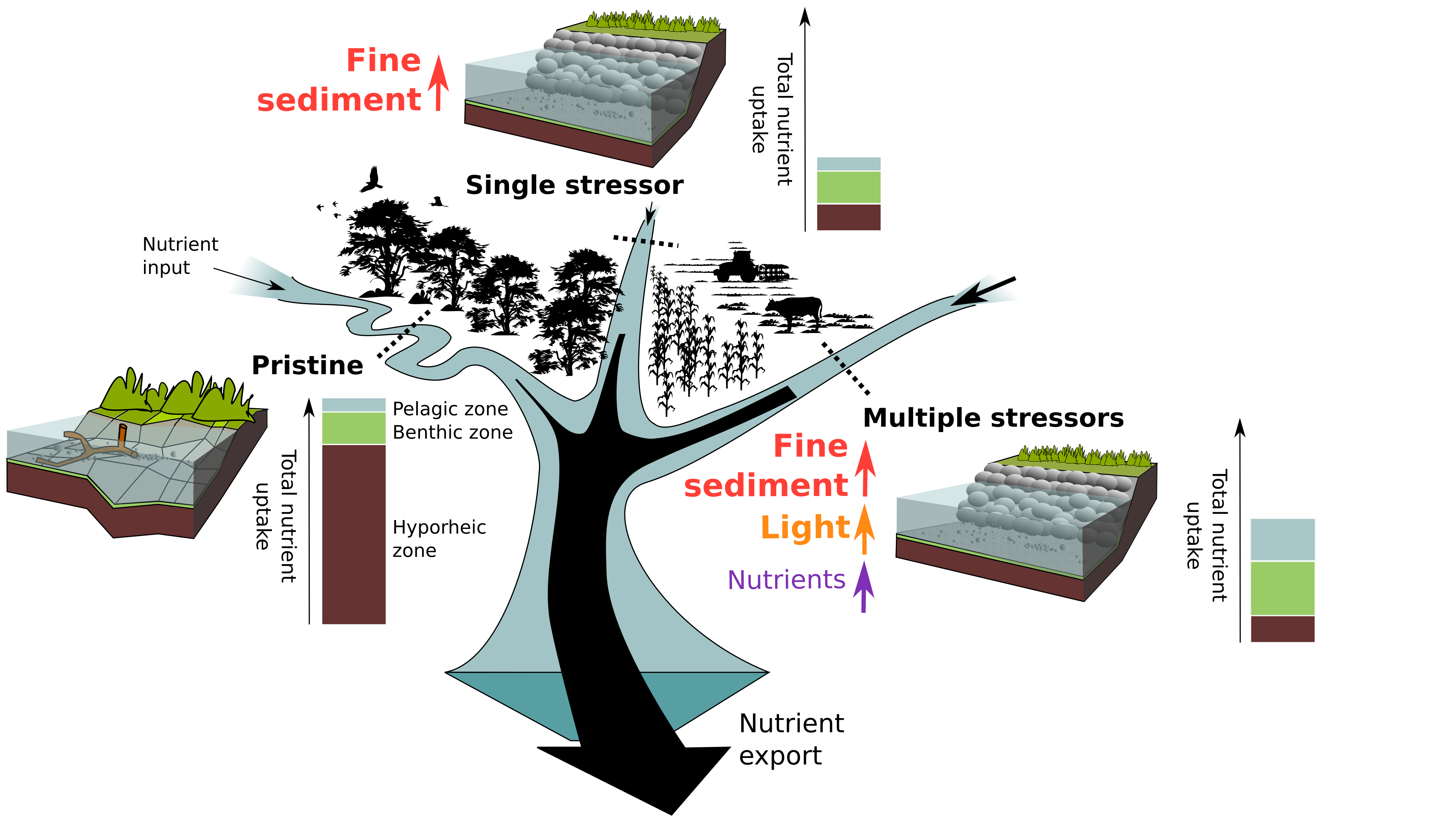
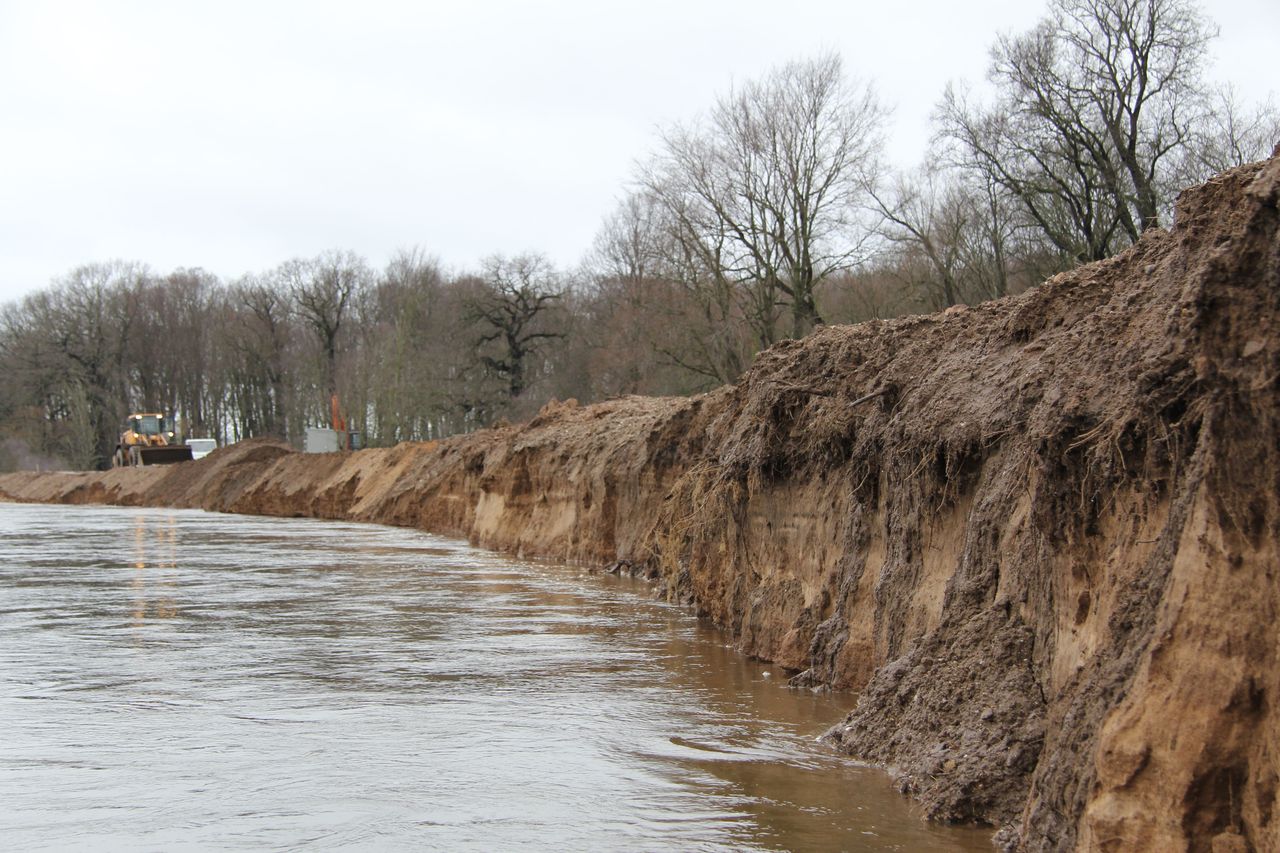
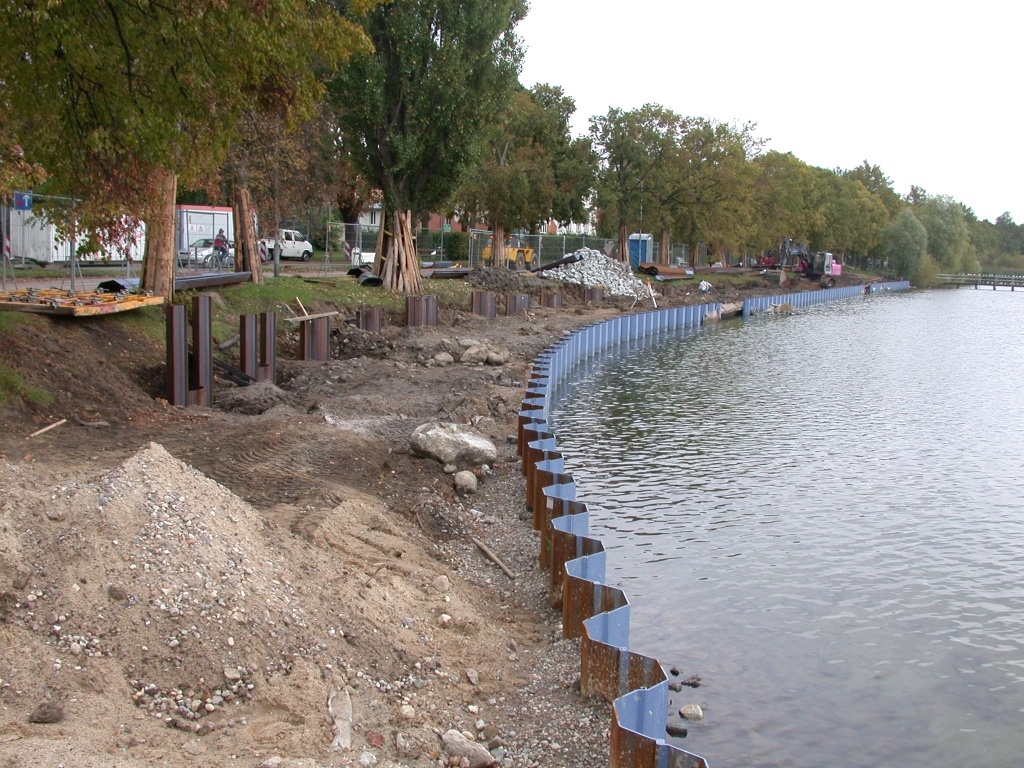
If you are interested to write a bachelor or master thesis, or to conduct an internship with us, click
here
.
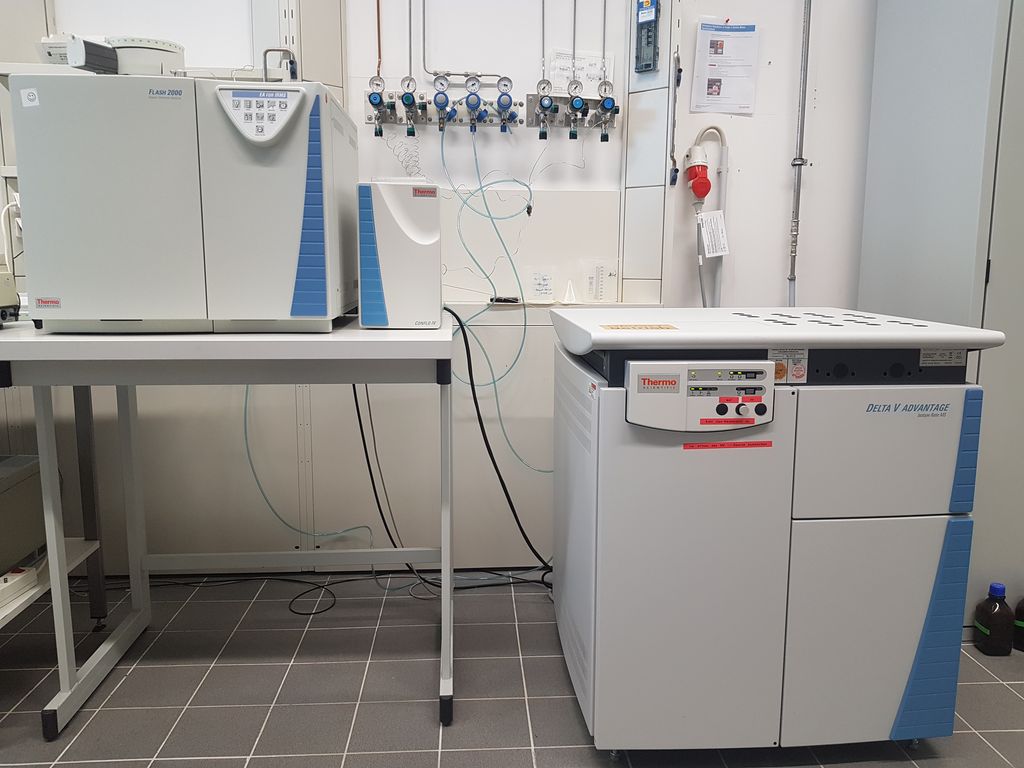
We are equipped with a THERMO Flash 2000 elemental analyser interfaced to a THERMO Delta Advantage isotope ratio mass spectrometer and analyse 13C and 15N isotopes and CN elemental concentrations of organic matter samples. During analysis, samples are interspersed with several replicates of four different laboratory reference materials. These reference materials have been previously calibrated against the international reference materials IAEA-CH-3, IAEA-CH-6, IAEA-CH-7, IAEA-N-1 and IAEA-N-2. Moreover, we calibrated our IRMS to measure enriched CN stable isotopes up to 4 atom percent for 13C and 6.5 atom percent for 15N. Please see here for more information.

